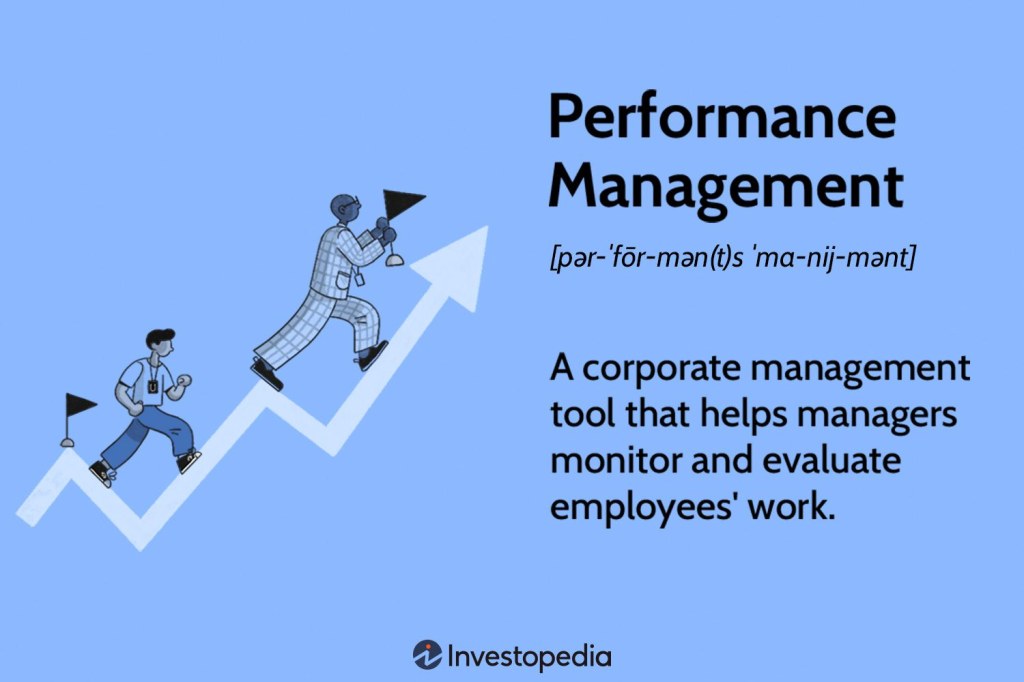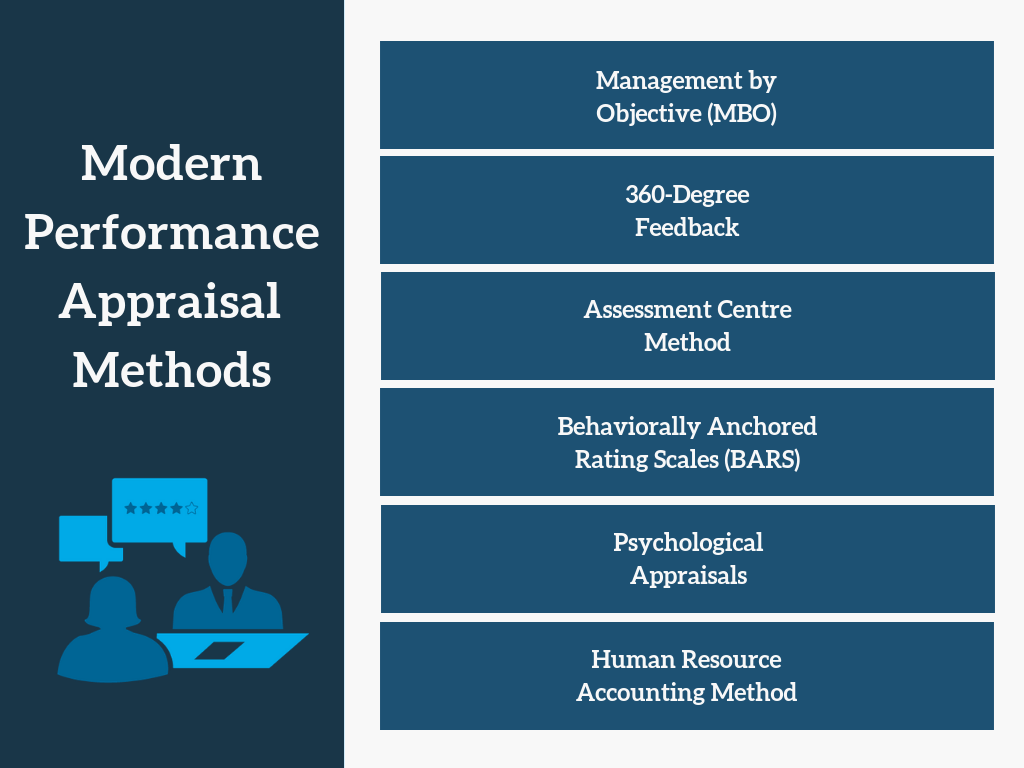Unlocking The Power Of Performance Improvement Techniques: Defining Value From A Fresh Perspective
Performance Improvement Techniques Define Value from the Perspective of
Introduction
Welcome, Readers! In today’s fast-paced and competitive business landscape, organizations are constantly striving to improve their performance and deliver value to their stakeholders. Performance improvement techniques play a pivotal role in achieving this objective. In this article, we will delve into the various techniques that define value from the perspective of performance improvement.
3 Picture Gallery: Unlocking The Power Of Performance Improvement Techniques: Defining Value From A Fresh Perspective
Now, let’s explore the different aspects of performance improvement techniques and how they contribute to organizational success.
What is Performance Improvement?
Performance improvement refers to the process of enhancing organizational efficiency and effectiveness. It involves identifying areas for improvement, developing strategies, and implementing changes to optimize performance levels. From streamlining operations to enhancing employee productivity, performance improvement techniques encompass a wide range of practices.
Streamlining Operations

Image Source: investopedia.com
One technique to improve performance is streamlining operations. By eliminating unnecessary steps, automating processes, and improving workflows, organizations can enhance efficiency and reduce costs. This can lead to improved productivity and customer satisfaction.
Enhancing Employee Productivity
Another critical aspect of performance improvement is enhancing employee productivity. This can be achieved through training and development programs, fostering a positive work environment, and providing the necessary tools and resources for employees to perform their best. When employees are motivated and equipped with the right skills, their performance improves, ultimately benefiting the organization as a whole.
Implementing Performance Metrics

Image Source: hubspotusercontent-na1.net
Performance improvement also involves implementing performance metrics. By defining clear goals and objectives and measuring progress against them, organizations can identify areas that require improvement. Performance metrics provide valuable insights into the effectiveness of strategies and enable organizations to make data-driven decisions.
Continuous Improvement
Performance improvement is an ongoing process. Organizations must adopt a culture of continuous improvement to stay ahead in a dynamic business environment. This involves regularly reviewing processes, soliciting feedback from stakeholders, and making necessary adjustments to optimize performance levels.
Technology Integration
Integrating technology into business processes is another technique that can drive performance improvement. From leveraging data analytics to automate routine tasks, technology can enhance efficiency, accuracy, and decision-making within organizations. Embracing digital transformation can help businesses gain a competitive edge.
Collaboration and Communication

Image Source: investopedia.com
Effective collaboration and communication are vital components of performance improvement. By fostering a culture of open communication and encouraging cross-functional collaboration, organizations can enhance teamwork and synergy. This leads to improved efficiency, innovation, and ultimately, value creation.
Who Can Benefit from Performance Improvement Techniques?
Performance improvement techniques are applicable to organizations across industries and sectors. From small startups to multinational corporations, any entity striving for growth and success can benefit from these techniques. Whether it’s optimizing internal processes, enhancing customer satisfaction, or increasing profitability, performance improvement techniques offer value to organizations of all sizes and types.
Small and Medium Enterprises (SMEs)
SMEs can greatly benefit from performance improvement techniques. These techniques provide a structured approach to identify and rectify areas of weakness, enabling SMEs to compete more effectively in the market. By improving operational efficiency and customer service, SMEs can enhance their chances of success and growth.
Large Corporations
Large corporations can also benefit from performance improvement techniques. By streamlining complex processes, optimizing supply chains, and fostering a culture of innovation, these organizations can improve their competitive advantage and profitability. Performance improvement techniques help large corporations stay agile and responsive in a rapidly changing business landscape.
When Should Organizations Implement Performance Improvement Techniques?
The timing for implementing performance improvement techniques varies for each organization. However, it is crucial to recognize the signs that indicate the need for improvement. Some common indicators include declining customer satisfaction, decreasing market share, increasing operational costs, and stagnant growth.
Proactive Approach
Organizations that adopt a proactive approach are more likely to implement performance improvement techniques before major issues arise. By constantly monitoring performance metrics and soliciting feedback from stakeholders, organizations can identify areas for improvement early on and take timely action.
Reactive Approach
Some organizations may adopt a reactive approach and implement performance improvement techniques as a response to pressing issues. While this approach can still yield positive results, it is generally more challenging and may require greater effort and resources to address deeply ingrained problems.
Where Can Organizations Implement Performance Improvement Techniques?
Performance improvement techniques can be implemented in various areas of an organization. It is essential to identify the specific areas that require improvement and tailor the techniques accordingly. Here are some common areas where organizations can implement performance improvement techniques:
Operations
Streamlining operations, optimizing supply chains, and improving workflow processes are key areas for implementing performance improvement techniques. By enhancing operational efficiency, organizations can reduce costs, improve quality, and deliver products and services more effectively.
Human Resources
Enhancing employee productivity, fostering a positive work culture, and implementing effective talent management strategies are crucial aspects of performance improvement in the human resources domain. By investing in employee development and engagement, organizations can increase job satisfaction and retention rates.
Customer Service
Improving customer satisfaction and loyalty is a primary objective for many organizations. Implementing performance improvement techniques in customer service involves enhancing communication channels, addressing customer feedback, and providing personalized experiences. This can result in increased customer retention and positive word-of-mouth referrals.
Marketing and Sales
Performance improvement techniques can also be applied to marketing and sales functions. By analyzing market trends, refining target audience segmentation, and optimizing marketing campaigns, organizations can improve customer acquisition and revenue growth.
Information Technology
Integrating technology into business processes and optimizing IT infrastructure is another crucial area for performance improvement. By leveraging data analytics, automation, and cybersecurity measures, organizations can enhance efficiency, accuracy, and data security.
Finance and Accounting
Implementing performance improvement techniques in finance and accounting can lead to better financial management, cost control, and risk mitigation. By streamlining financial processes, organizations can improve financial reporting accuracy and make more informed business decisions.
Why Should Organizations Implement Performance Improvement Techniques?
Organizations should implement performance improvement techniques for several reasons:
Competitive Advantage
Implementing performance improvement techniques can give organizations a competitive advantage by enabling them to deliver better products and services, operate more efficiently, and respond quickly to market changes. This can differentiate them from their competitors and attract more customers.
Increased Efficiency
Performance improvement techniques help organizations optimize their operations, leading to increased efficiency and reduced waste. By eliminating unnecessary steps, automating processes, and improving workflows, organizations can save time, resources, and costs.
Enhanced Customer Satisfaction
By implementing performance improvement techniques, organizations can improve customer satisfaction levels. Whether it’s through faster response times, personalized experiences, or improved product quality, performance improvement techniques contribute to better customer experiences.
Higher Profitability
Improved performance directly impacts an organization’s profitability. By reducing costs, increasing productivity, and generating more revenue, organizations can enhance their financial performance and achieve sustainable growth.
Employee Engagement and Retention
Performance improvement techniques also benefit employees. By investing in their development, recognizing their contributions, and providing a positive work environment, organizations can increase employee engagement and retention. This leads to a more motivated and productive workforce.
How Can Organizations Implement Performance Improvement Techniques?
Implementing performance improvement techniques requires a systematic approach:
Assessment and Analysis
The first step is to assess the current state of the organization and identify areas for improvement. This involves analyzing performance metrics, conducting surveys, and gathering feedback from stakeholders.
Setting Goals and Objectives
Based on the assessment, organizations should set clear and measurable goals and objectives. These goals should be aligned with the organization’s overall strategy and reflect the desired outcomes of the performance improvement initiatives.
Developing Action Plans
Once the goals are defined, organizations should develop action plans outlining the specific steps and resources required to achieve them. These action plans should be realistic, time-bound, and involve relevant stakeholders.
Implementation and Monitoring
Organizations should implement the action plans and continuously monitor progress against the set goals. This involves tracking performance metrics, soliciting feedback, and making necessary adjustments along the way.
Evaluation and Improvement
Periodic evaluation is essential to determine the effectiveness of the performance improvement techniques. Based on the evaluation results, organizations can identify areas that require further improvement and make necessary adjustments to the strategies.
Celebrating Successes
It is important to celebrate successes along the performance improvement journey. Recognizing and rewarding achievements boosts morale, motivates employees, and reinforces a culture of continuous improvement.
Advantages and Disadvantages of Performance Improvement Techniques
Advantages
While implementing performance improvement techniques offers numerous benefits, it is essential to consider the advantages and disadvantages:
Increased Efficiency and Productivity
Performance improvement techniques enhance efficiency and productivity by eliminating waste, streamlining processes, and optimizing resource allocation. This leads to cost savings, improved quality, and faster delivery of products and services.
Better Decision-Making
By implementing performance improvement techniques, organizations gain access to valuable data and insights. This enables data-driven decision-making, reduces uncertainty, and improves the overall effectiveness of strategies and operations.
Enhanced Customer Satisfaction
Performance improvement techniques focus on meeting customer expectations and delivering value. By understanding customer needs, organizations can tailor their products, services, and experiences accordingly, leading to increased customer satisfaction and loyalty.
Competitive Advantage
Organizations that effectively implement performance improvement techniques gain a competitive edge. By continuously improving processes, adopting innovative practices, and staying ahead of market trends, these organizations can differentiate themselves from competitors and attract more customers.
Disadvantages
While performance improvement techniques offer numerous advantages, there are also potential disadvantages to consider:
Resistance to Change
Implementing performance improvement techniques often requires changes to established processes and routines. Some employees may resist these changes, leading to difficulties in adoption and implementation. Effective change management strategies are crucial to mitigate this resistance.
Resource Intensive
Implementing performance improvement techniques may require significant investment in terms of time, money, and resources. Organizations need to carefully assess the costs and benefits associated with these techniques to ensure their viability.
Limited Scope
Performance improvement techniques may not address all aspects of an organization’s operations. It is important to recognize the limitations of these techniques and consider other factors that contribute to overall performance.
Dependency on Data Availability
Performance improvement techniques rely heavily on accurate and timely data. If organizations lack access to reliable data or face data quality issues, the effectiveness of these techniques may be compromised. Data management and governance are essential to overcome this challenge.
FAQs
1. Can performance improvement techniques be applied to any industry?
Yes, performance improvement techniques can be applied to any industry. The principles and practices can be adapted to suit the specific requirements and challenges of different sectors.
2. Are performance improvement techniques only applicable to large organizations?
No, performance improvement techniques are applicable to organizations of all sizes. Small and medium enterprises can also benefit from these techniques to improve their operations, increase profitability, and achieve growth.
3. How long does it take to see results from performance improvement techniques?
The timeline for seeing results from performance improvement techniques varies depending on various factors such as the scope of improvement, the complexity of the organization, and the commitment of stakeholders. However, organizations can start experiencing positive outcomes within a few months of implementing these techniques.
4. Are performance improvement techniques a one-time effort?
No, performance improvement techniques require continuous effort and commitment. Organizations should view performance improvement as an ongoing process rather than a one-time project. Regular monitoring, evaluation, and refinement are essential for sustained improvement.
5. Can performance improvement techniques be applied to non-profit organizations?
Yes, performance improvement techniques can be applied to non-profit organizations as well. The principles of efficiency, effectiveness, and value creation are relevant across sectors, including non-profit organizations.
Conclusion
In conclusion, performance improvement techniques play a crucial role in defining value from the perspective of organizational success. By streamlining operations, enhancing employee productivity, implementing performance metrics, embracing continuous improvement, integrating technology, and fostering collaboration and communication, organizations can achieve higher efficiency, effectiveness, and customer satisfaction. However, it is important to consider the advantages and disadvantages of these techniques and tailor them to the specific needs of the organization. By implementing performance improvement techniques strategically and continuously, organizations can gain a competitive advantage, increase profitability, and foster a culture of excellence.
Final Remarks
In today’s highly competitive business environment, organizations need to constantly strive for improvement to stay ahead. Performance improvement techniques provide a structured approach to identify areas of weakness and implement strategies for success. However, it is important to remember that every organization is unique and requires tailored approaches. The information provided in this article serves as a general guide, and organizations should adapt these techniques to suit their specific
This post topic: Android Apps

